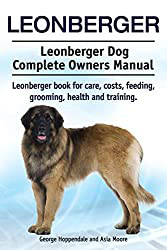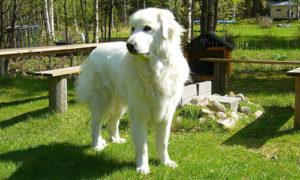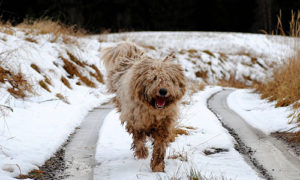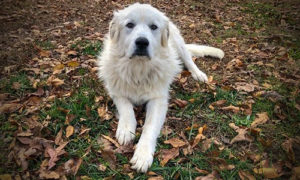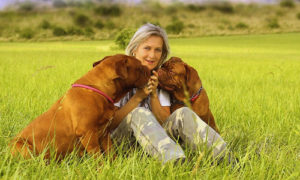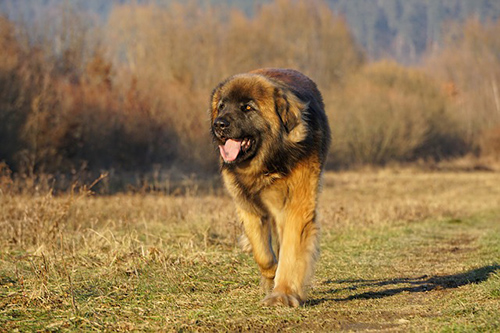
The Leonberger hails from Leonberg’s German town, where many believe their creators developed them in the 1830s to look like the lion on the town crest. We believe that the town mayor, Heinrich Essig, bred these dogs by crossing a Landseer Newfoundland with a “Barry” (ancestor to Saint Bernard), and then the Pyrenees.
However, many experts dispute this claim. According to dog enthusiasts, there are descriptions of Leonberger-like dogs in Austria that go back as far as 1585. Also, some geneticists believe that they needed extra breeds to create the characteristics seen in early Leonbergers. The mayor was a very talented advocate for the breed, and he acquainted the dogs with the celebrities of his time and quite a few royal families.
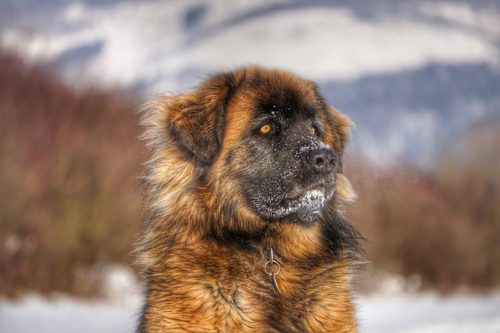
Ordinary citizens loved the Leonberger. They were convenient as farm dogs, watchdogs, and draft dogs. In fact, the breed became increasingly popular during the second half of the 19th century. Leonbergers were not cheap; they demanded a hefty sum of money, mainly because of their relationship with royalty, and they became a fad.
During World War I, the Leonberger did its part by pulling ammunition carts on the front lines. Unfortunately, only 5 Leos survived the war. And only 8 Leos survived World War II. Today, every Leonberger trace back to these dogs, which rebounded thanks to a concerted effort by a group of German breeders in 1945. Today, the breed is popular in Europe. However, they’re not as popular in the United States.
The First Leo stepped foot on American soil in 1971. The AKC recognized the breed in 2010, which sparked an increase in popularity. Leonbergers are very good as rescue dogs. They’re also proficient in jumping out of helicopters to reach drowning victims.
Leonberger Breed Facts
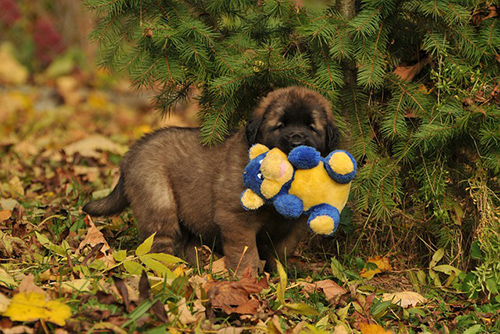
Temperament: The Leonberger is a trustworthy and devoted companion. They’re also even-tempered and affectionate. Leos are eager to please and are a breeze to train. They’re friendly to strangers. However, they’re also very protective of their owners. They get along well with other pets and dogs, granting, they can exude dominance over other dogs. Leos are quiet and serene indoors and make for excellent watchdogs.
Upkeep: The Leonberger is more athletic and agile than other giant breeds; however, they do not make for good jogging dogs. A daily walk or hike is just right for them. They’re also good at pulling carts, search and rescue, and swimming. Because of their thick coat, we recommend brushing several times a week. And daily during shedding season. Also, these dogs love cold weather.
- Popularity: Not Common
- Family: Mastiff
- Origin: Germany
- Date Developed: 1900s
- Past Function: Multiuse Farm Dog
- Current Function: Water Rescue, Companion
- Other Names: None
- Life Expectancy: 8–11 years
- Weight: Male: 130–170 pounds; Female: 100–130 pounds
- Height: 28–31 inches; Female: 25–29 inches
Color: Leos come in an assortment of colors including lion-yellow, gold to red, red-brown, or sand colored and all their combinations, with a black mask; all colors may have black tips of various length
Group: The Working Group
Health Problems: Entropion, ectropion, polyneuropathy, CHD, elbow dysplasia, gastric torsion, and osteosarcoma
Characteristics
Leonbergers are large and muscular working dogs perfect for the family dog’s prime purpose, a farm dog, and a draft dog. They’re strong and powerful, with medium to heavy bone.
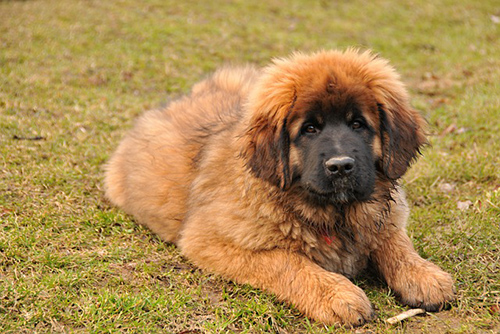
They’re also slightly longer than they are tall. The male possesses a lion-like mane on the neck and chest, but both males and females have a double coat. The coat is medium or long on the body. The outer coat is medium-soft to bristly and lies flat and is mostly straight.
The Leos undercoat is soft and dense. The framework of the body is always recognizable. They’re light on their feet and graceful in motion. It possesses a graceful, powerful, ground-covering walk with good reach and durable drive. An even, confident personality and duty and attentiveness are vital in its role as a family dog.

